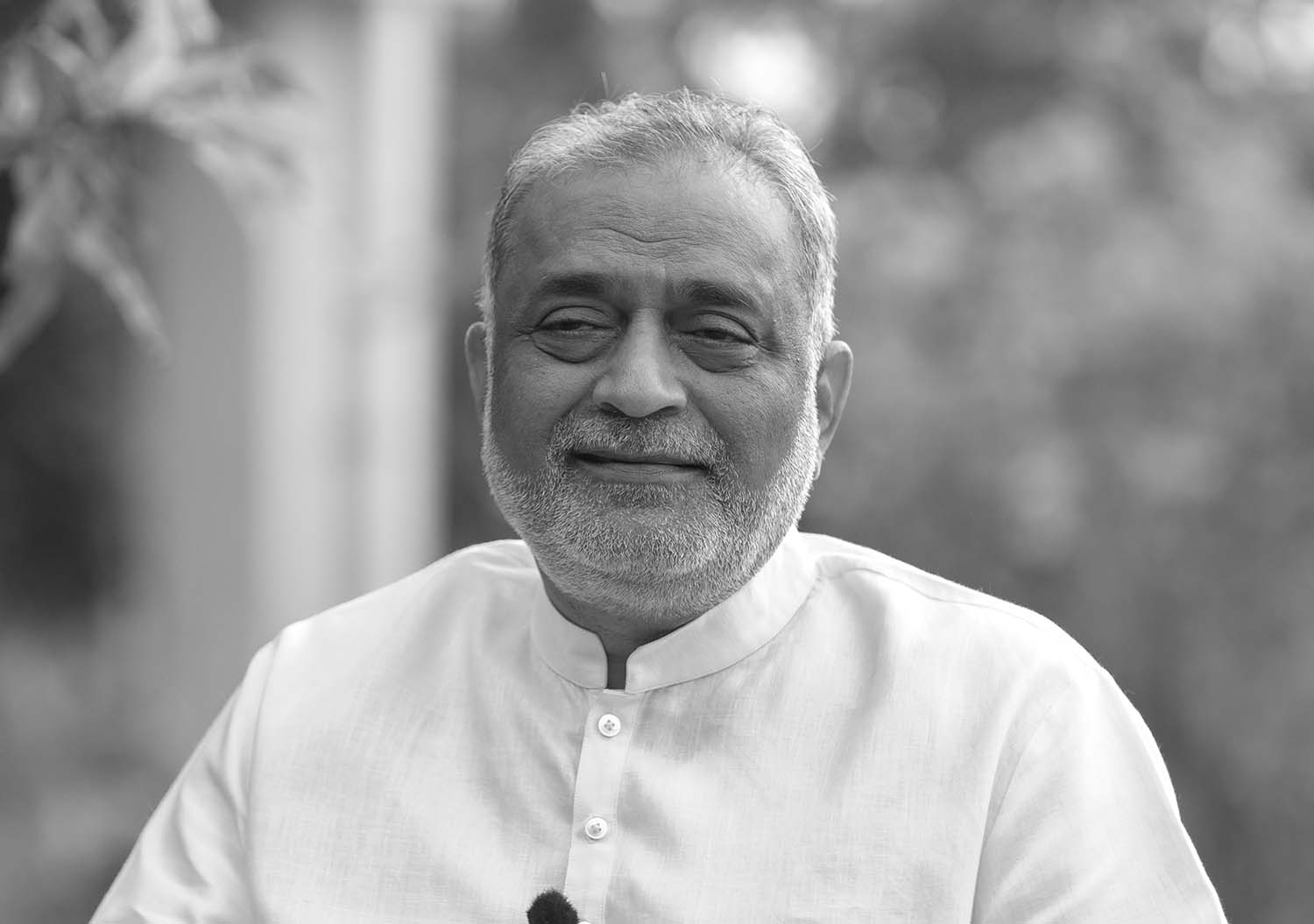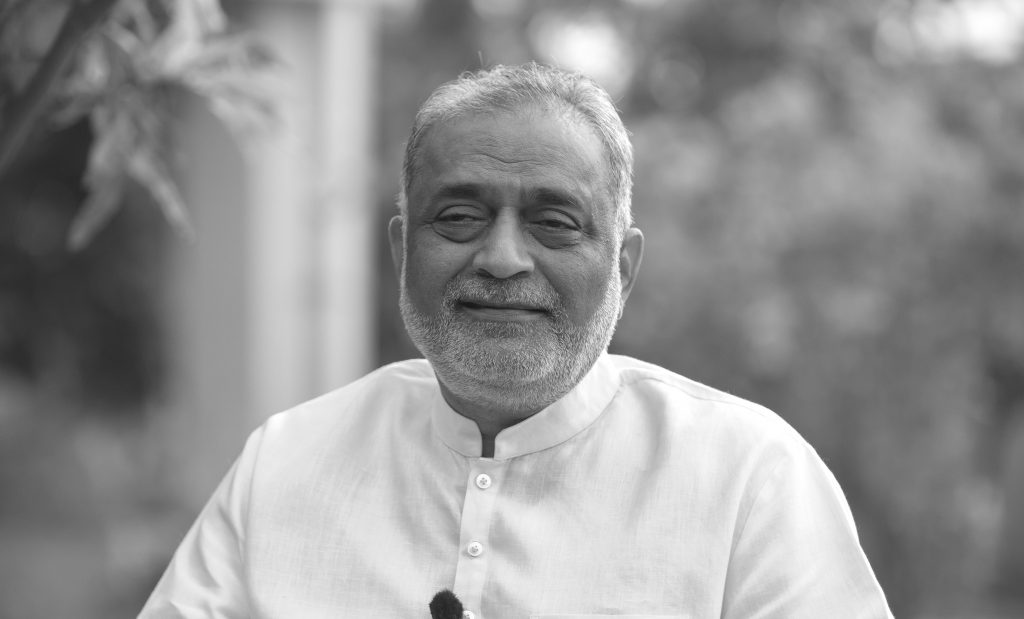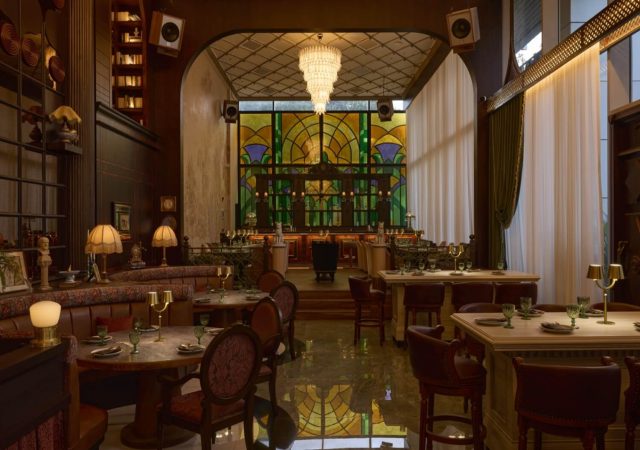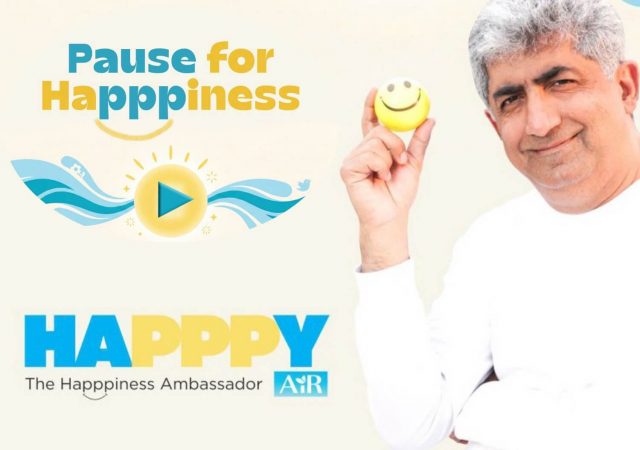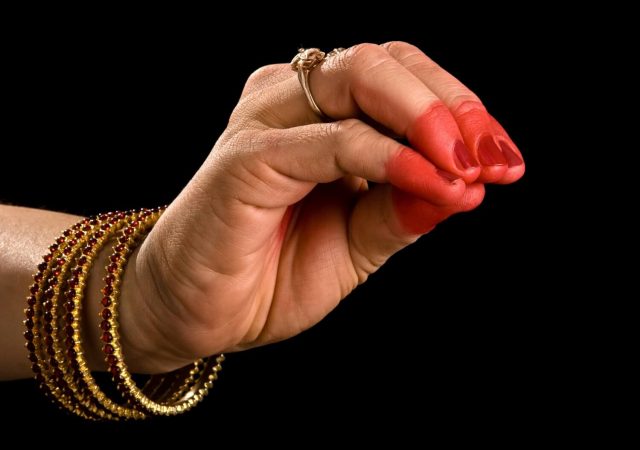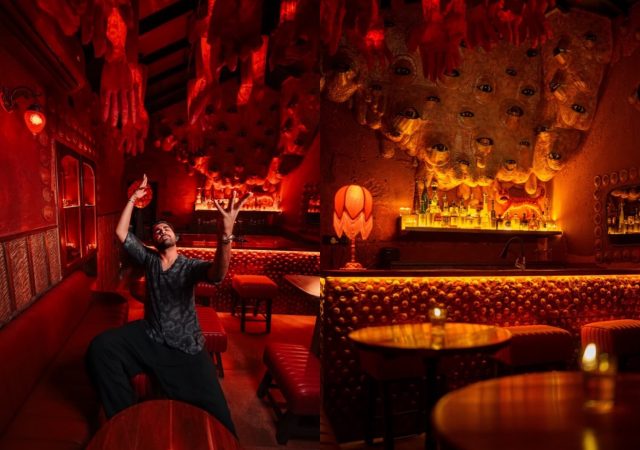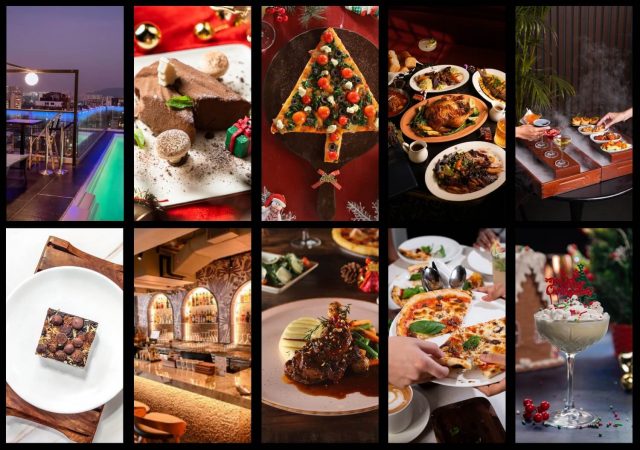Authored by – Kamlesh Patel (Daaji), Guide of Heartfulness Meditation
Holi – a festival that brings vibrancy, joy, hope, aspiration, togetherness, generosity and a chance for change and transformation. This eclectic gamut has made us refer to it as the ‘Festival of Love’ or the ‘Festival of Colors’ or the ‘Festival of Spring’. Do you know how the festival of holi originated? According to ancient Indian scriptures, it is believed that on this day, Holika, the sister of the demon king Hiranyakashipu, was killed in the fire that was lit to engulf the little boy Prahalad. The boy however, remained untouched and unharmed. And the evil intentions of the demon king met their end in the fumes and ashes of the pyre. Since then, Holi has symbolized the end of all evil – both inside and outside.
While we have a lot to learn and assimilate in our lives from this festival, this year, let us view the ‘Festival of Colors’ from a different lens. For a moment, imagine the world had only two colors – black and white! Well, no one would want to live in such an unimaginative and dull world, having seen the zillion colors that nature has gifted us.
The journey of life has a lot to offer, a lot to teach, a lot to experience. But in our minds, we are caught up in the world of dualities – of black and white. We condition our lives by the good and bad, right and wrong, simple and complex, sad and happy, rich and poor, success and failure, and the list goes on. We are constantly occupied with inner conflicts. Because we are living our lives in the extremes and completely unmindful of the ‘in-between’, what we fail to see is that there are numerous other shades that life has to offer, each having its own beauty, significance, and importance. It is these colors that bring life to life. So, let us embrace every shade of life, each hue, every experience and see what it has to offer us for our growth and evolution.
Even white light is made up of a spectrum of colors; and so to culminate in the desired outcome, to reach the intended destination, to embrace the white, one has to sail through the myriad colors of life. Let us learn to accept – Graceful acceptance of all that is out of our purview and control, of all the unknowns in life. Acceptance is the signature of evolution, of progress, of a higher wisdom. Come what may – I am ready to face life. When we learn this art or psychology of accepting whatever happens in our life, situations, circumstances, joys, sorrows, relationships, careers, and everything, we enter a mental state from where we are able to grow more or evolve better. Acceptance makes life joyful and progressive. Let me warn you, this acceptance doesn’t mean passive defeat of a situation. It means to welcome the multitude of possibilities, similar to the hues of colors life has to offer.
I still remember reading a very striking suggestion from the book ‘The Power of Now’ by Eckhart Tolle. He says, “As soon as you honor the present moment, all unhappiness and struggle dissolve, and life begins to flow with joy and ease. When you act out the present-moment awareness, whatever you do becomes imbued with a sense of quality, care, and love – even the most simple action”.
So we have a choice at every moment. A choice to cheerfully accept the present and work towards our goal, whatever it may be. Or we can continue to feel discontent for our perceived imperfect present. It is upto us to choose wisely and make the most of whatever comes our way. When this acceptance finds place in our heart, the world is automatically perceived in all its manifested colors. Many people blame darkness and praise light. But you cannot admire light without darkness. So cheerful acceptance of our present, the now, and our Self is a quantum leap and opens up infinite possibilities. My teacher, Chariji used to say, “The first training in yoga is the training to learn to accept yourself as you are. We should neither think too much of ourselves, nor belittle ourselves. We should neither have an exaggerated attitude towards ourselves, nor towards others. We should not belittle anybody nor belittle ourselves; accept, because after all, in the science of Yoga we deal with reality and I must be real.”
So on this occasion of holi, let us make an effort to sow acceptance in our hearts and plunge ourselves into all the colors that life brings our way. Before we try to change ourselves and end the supposed evil within us, let us accept that we are imperfect and have a long way to traverse on this journey of life. Once this acceptance dawns, half the work is already done. The rest of the way, we pave with courage, will and perseverance.
Kamlesh Patel, known to many as Daaji, is the Heartfulness Guide. He is bringing the essence of yogic spiritual practices to the modern world in a scientific way in order to help people regulate their minds, manage their emotions, and elevate their consciousness to the highest possible level. He is a role model for millions of spiritual seekers around the world and is at home with people from all backgrounds and walks of life, giving special attention to the youth of today. Learn more at www.heartfulness.org.
About Heartfulness:
Heartfulness offers a simple set of meditative practices and lifestyle changes, first developed at the turn of the twentieth century and formalized into teaching through Shri Ram Chandra Mission in 1945 in India with a goal to bring peace, happiness and wisdom to one heart at a time. These practices are a modern form of Yoga designed to support contentment, inner calm, and stillness, compassion, courage, and clarity of thought, as the first step towards a purposeful life. They are simple and easily adopted and are appropriate for people from all walks of life, cultures, religious beliefs, and economic situations, who are over the age of fifteen. Ongoing training in Heartfulness practices is going on at thousands of schools and colleges, and over 100,000 professionals are meditating in corporations, non-governmental, and government bodies worldwide. More than 5,000 Heartfulness Centers are supported by many thousands of certified volunteer trainers and millions of practitioners in 160 countries.


